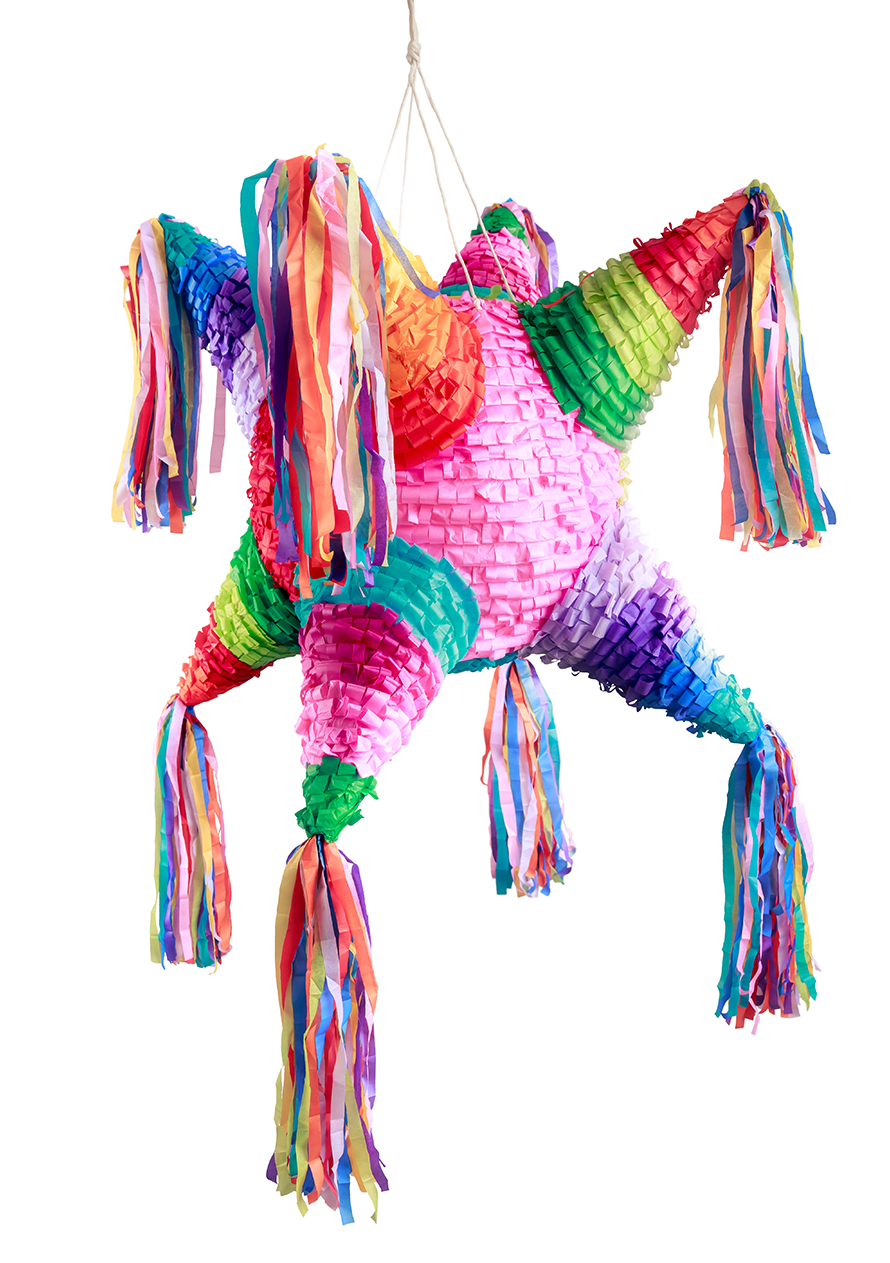The origins of the traditional Mexican piñata date back to the 17th century when Franciscan missionaries arrived in the New World from Spain. This Order can be traced to the town of Assisi, in Italy, where expeditionary Marco Polo brought a paper colored object from his many trips to China in the 13th century.
There are indications that the ancient Aztecs had a custom for which they adorned hollow clay figures with feathers, and filled them with beads to honor the god Huitzilopochtli. That container along with some games practiced by the Maya represented the perfect opportunity to create an evangelistic resource.
The clay figure became a pot covered with colored paper —a reflection of world’s vanity— of which seven points came out, each one representing a deadly sin. These temptations are overcome with the blows of a stick that represent the force with which faith and obedience defeat evil.
Once envy, sloth, gluttony, wrath, lust, pride and greed are overthrown, a shower of rewards falls on the believer, who performed this battle blindfolded, representing the blind faith in God. The piñata ritual became an essential part of posadas during Christmas celebrations in Mexico.
With the passage of time, Mexican piñata makers evolved the papier-mâché technique until they turned piñatas into an object of the most varied forms used in all kinds of celebrations and irrevocably alluding to Mexican culture.


